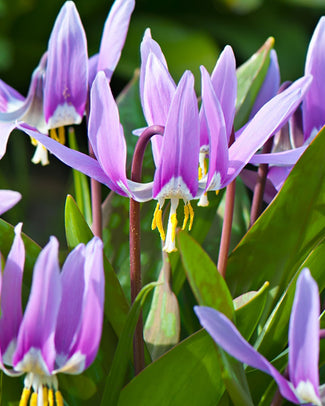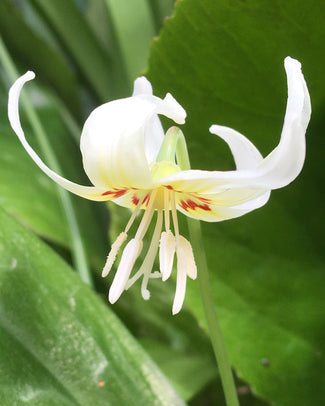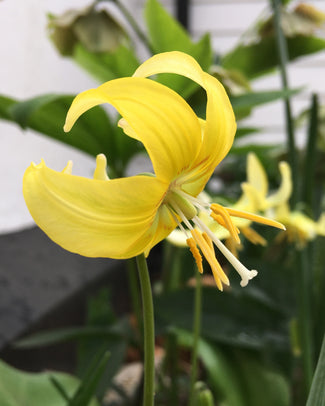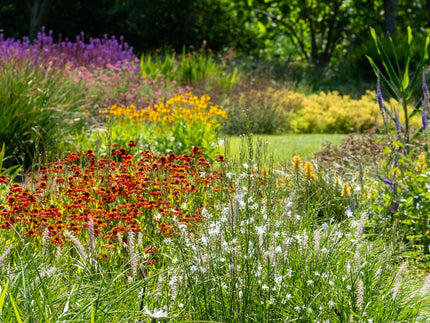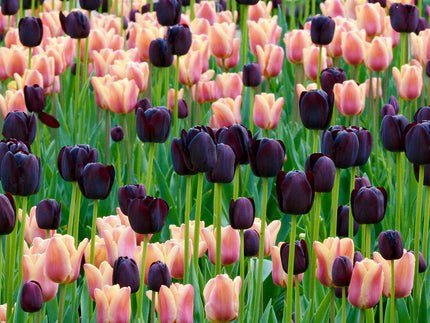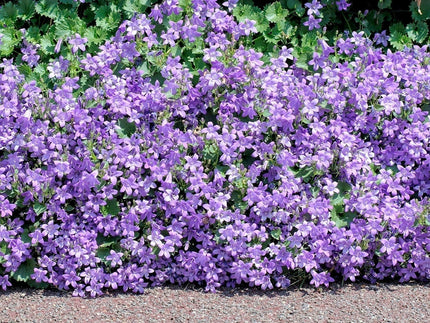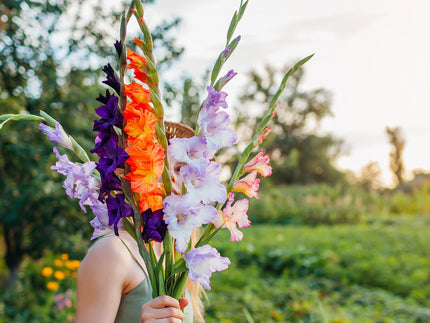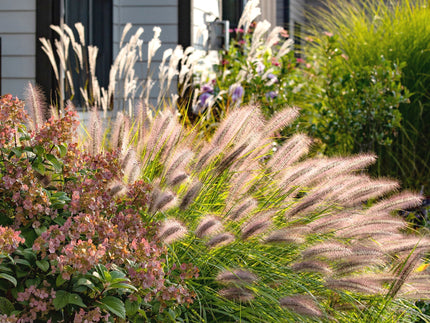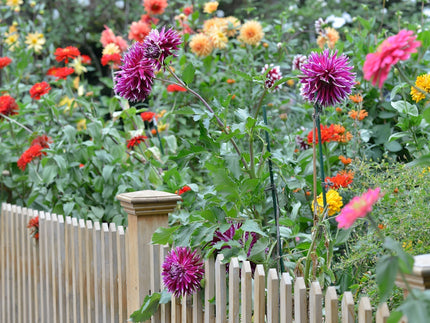How to plant Erythronium bulbs
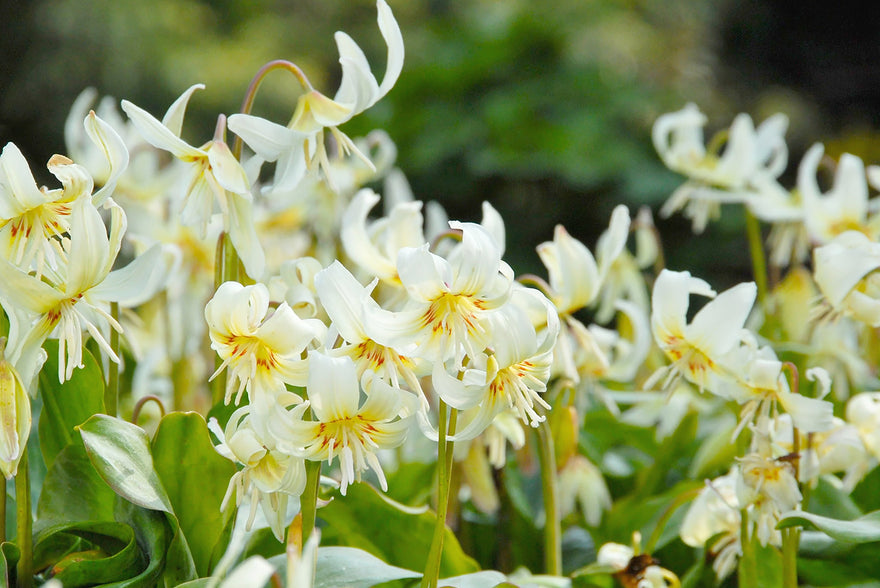
Erythronium are fully hardy and will be fine outdoors throughout winter without frost protection. They should be planted between September and early November for best results, they will quickly start to dry out from November onwards and may become non-viable as a result. They won’t store until the following year.
— Erythronium grow from bulbs which are long, pointed and cream in colour. They can be planted directly outside in borders or patio containers.
— If you have a heavy soil, dig out any clay and replace with compost or loam. Alternatively you can incorporate plenty of compost and some grit or sand prior to planting to aid drainage. If planting in containers, you we recommend peat-free multipurpose compost.
— Erythronium bulbs benefit from a soak in water for 3-6 hours prior to planting to rehydrate them.
— Choose a position in full or partial/dappled shade. They do very well in damp areas in deep shade.
— Plant the bulbs on their sides (lengthways) around 5-10cm deep.
— Space the bulbs around 10-15cm apart from each other.
— Cover back over with soil/compost after planting. If the soil is very dry, it’s a good idea to water them in after planting to settle them. They will not require any further watering through winter unless it is very mild and dry.
— Leave the bulbs planted in the ground throughout the year. After flowering, allow the leaves and stem to fully die back or turn yellow before removing it, as this is feeding the bulb for next year. As the leaves are very fine, they may not need removing at all unless they look untidy.
Plant calendar
| Jan | Feb | Mar | Apr | May | June | July | Aug | Sep | Oct | Nov | Dec |
|---|---|---|---|---|---|---|---|---|---|---|---|
- Planting
- Flowering





















































































































































































































